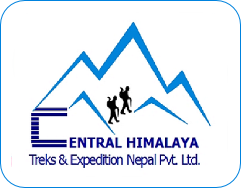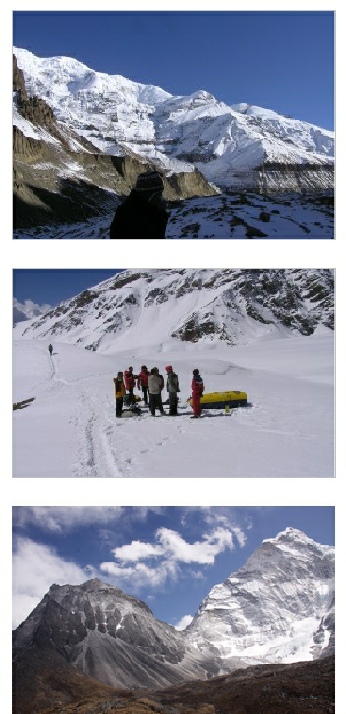


Altitude
High Altitude Disease
When trekking, "altitude-related problems" in the Nepalese Himalayas are important factors to consider. There is always a real danger that can range from mild to severe problems related to altitude. It is therefore important to take this into account and hikers must understand that they will be affected to a greater or lesser degree by earning altitudes that are normally over 3000 meters.
The evil of altitude, is often known as "acute mountain sickness" MAM or AMS in English (Accute Mountain Sickness). You can catch it by going too fast above 3000 meters. Symptoms can develop quickly into real problems if mild effects are ignored. We advise our guests to remember the following points when trekking in high altitude areas above 3000 meters. The following describes the basic symptoms of altitude sickness and ways to avoid the disease while respecting some important points.
1. The basic symptoms:
Loss of appetite - Sleep disorders - Difficult to urinate
2. Average Symptoms:
Persistent headache - Irregular breathing - Nausea - Weakness and fatigue
3. Serious symptoms:
Slight swelling of the hands and face - Can not stand without swinging while the eyes are closed - Possible noise of gurgling in the chest - Zero energy or great fatigue.
We ask our clients to feel free to discuss any type of problem with our staff even if it is simply a gastrointestinal or related altitude problem.
What to do about altitude sickness?
Disease of altitude can be prevented by acclimatization, as a maximum rate of elevation per day (no more than 400 - 500 meters per day), allowing sufficient rest at different intermediate altitudes. The dry air of the mountain tends to dehydrate you so an increased liquid intake is needed.
Every day, try to drink at least four liters of water. At rest at night and for lunch, you can drink hot garlic soup which helps to avoid altitude sickness to some extent. When we reach our destination, it is best to do some hikes up to a certain point a little higher and get off at the camp or hotel.
This is a very good way to get acclimated. You can take Diamox 250mg tablets the night before going up in altitude. Often the symptoms disappear and the trek can be resumed.
If you feel serious MAM symptoms you have to go down in a short time even if it happens in the dark. It is an emergency. In this case our personnel can organize a transport on horseback or bearer to transport the victims downwards (altitude).
There are means of communication at Namche Bazaar; Doctors at the Khunde hospital in the Everest area and CRH clinics and in other trekking areas. We can keep the patient inside a Gamow bag. The hospital or clinic will either pay a fee or charge for the services. We can organize the immediate evacuation, on horseback or in helicopter, depending on the severity of the patient's condition.

| Our agency |
| Our greats points |
| General information |
| Trekking level |
| Equipments |
| Seasons |
| Altitude |
| Annapurna |
| Manaslu |
| Everest |
| Langtang |
| Kanchanjungha |
| Mustang |
| Rolwaling |
| Dolpo |
| Dhaulagiri |
| Bhoutan |
| Tibet |